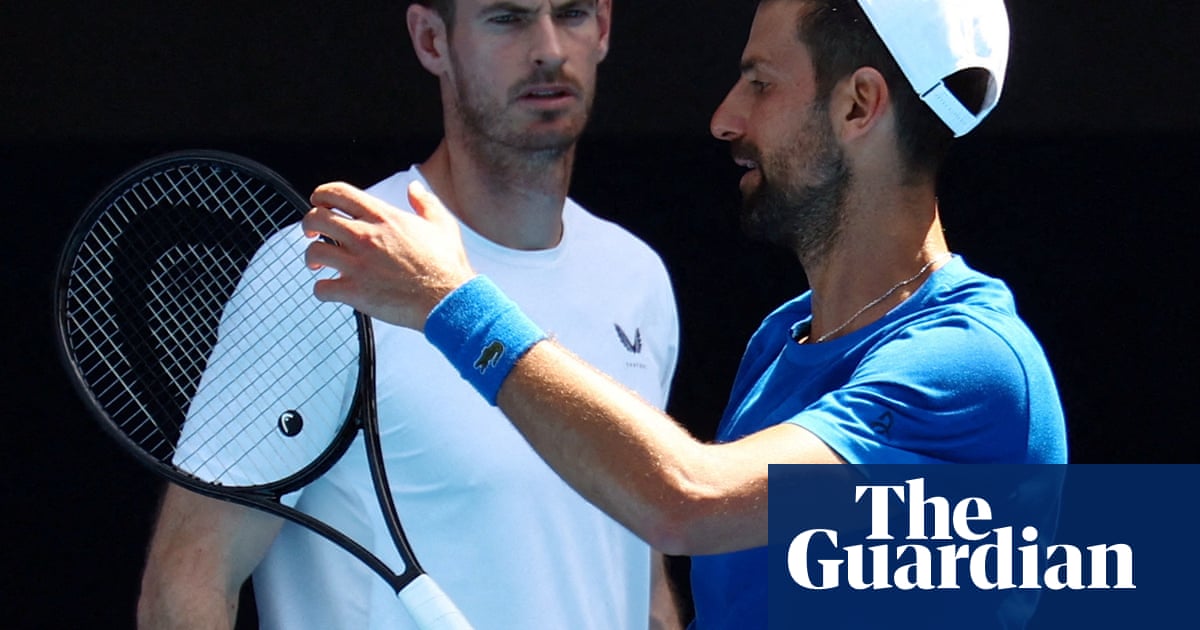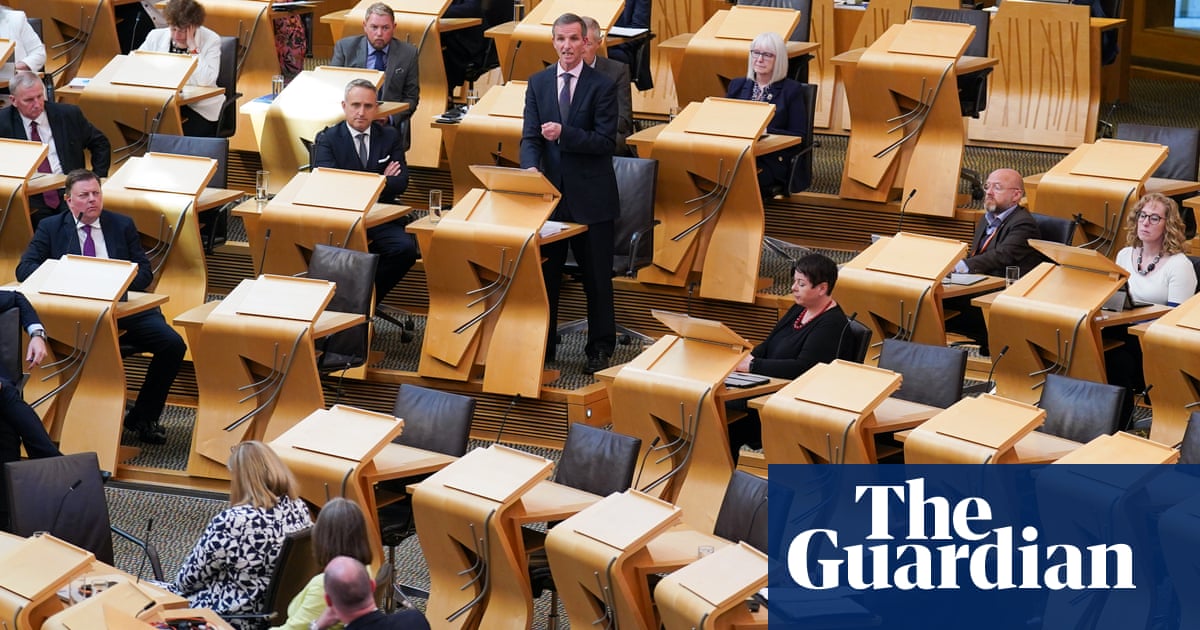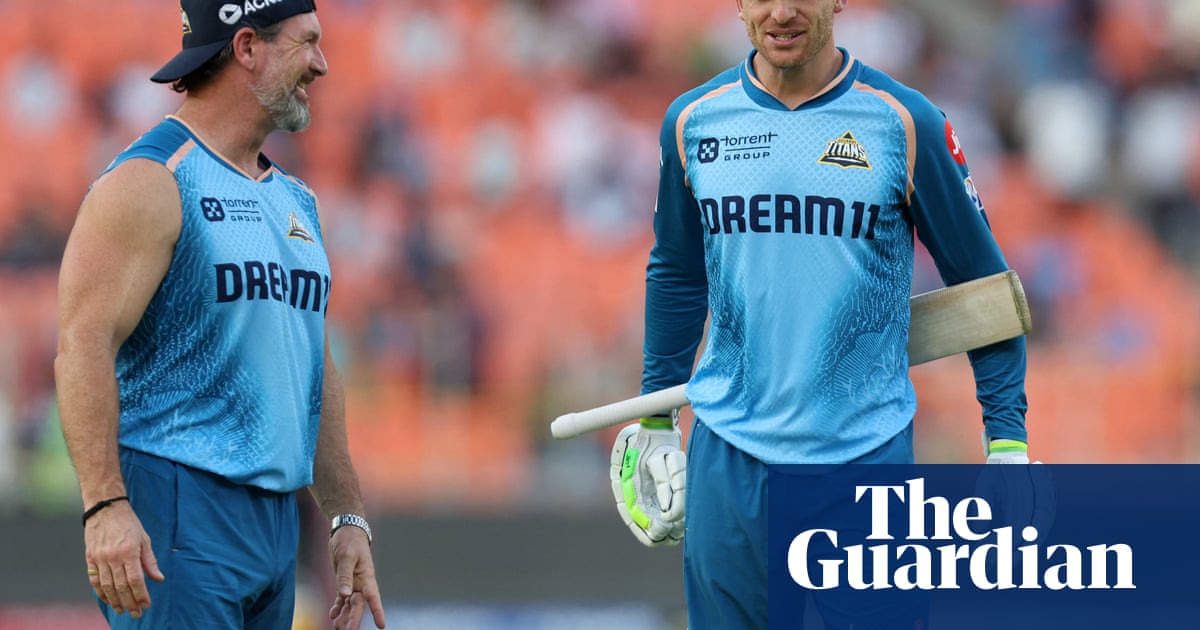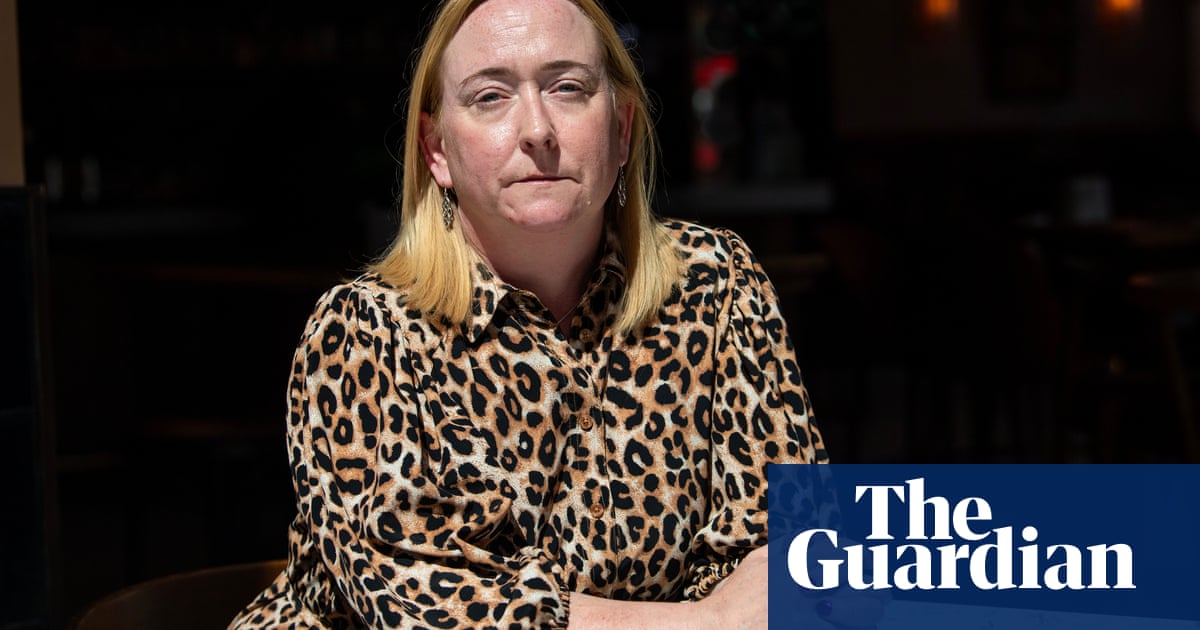“I’ve had not one, two, but three ACL tears – all three have been on my period.” Those were the frank words of the double World Cup-winning former United States international Megan Rapinoe, speaking on her podcast A Touch More with Sue Bird & Megan Rapinoe on 8 May, as they expressed their exasperation at how long it has taken for more in-depth research to be conducted regarded the relationship between menstrual cycles and serious knee injuries in female athletes.
Finally, though, something is happening. Trying to help address the issue, with the ultimate aim of reducing instances of anterior cruciate ligament (ACL) injuries, is a new, year-long academic study at Kingston University in London, which has received funding from football’s world governing body, Fifa.
Starting in June, the university’s sports science experts Dr Simon Augustus, Dr James Brouner and Dr Michelle Richards, and the project’s lead, PhD student Blake Rivers, will analyse hormone concentrations from blood samples collected from 20 to 25 adult female players, aged between 18 and 35, and then examine how they perform specific movement tests at different stages of their individual menstrual cycles.
“We know the hormones fluctuate within those different phases of the menstrual cycle and some of them might be related to things like increased ligament laxity or decreases in neuromuscular control,” says Dr Augustus, senior lecturer in sport biomechanics.
“What we want to do then is to correlate that with how they perform certain physical-performance tests so, in terms of being able to identify ACL injury risk, we do things like change-of-direction tests or a landing test, and really we want to see whether the changes we see in terms of physiology, in terms of the hormone profiles, whether they extend through to changes in their functional movement patterns and how they actually perform these various tasks which might be ones that are indicative of injury risk.”
ACL injuries have been prominent in the sport for decades but the issue has been brought into sharp focus in recent years after a string of high-profile cases, such as when the former Ballon d’Or winner Alexia Putellas tore her ACL on the eve of the last European Championship finals at a time when she was widely considered to be the world’s best women’s player, or when the England captain Leah Williamson suffered the same injury and missed the 2023 World Cup. However, it is much more widespread than those headline cases: in the Women’s Super League alone, there are 14 players out with ACL injuries.
Experts are not expecting to be able to completely eradicate the problem but the science will aim to help reduce the risk, as Dr Augustustold Moving the Goalposts: “There are going to be certain injury occurrences that are unavoidable, if you get a bad tackle, your leg is in the wrong position, no matter how much science we can do in terms of the research.
“The ones we might have the potential to intervene with, and lower the rates of, are the ones that seem to happen when players are performing an action on their own, where there are no external forces, no external contact, so ones like when they are changing direction or landing from a header, when they seem to be slightly off-balance.
“These are the ones where, if we can get a really good holistic understanding of the load-demands that are placed on the skeletal and muscular systems, and the various factors surrounding that, if we can really understand how those contribute to the loads placed on the player, then – whether via strength and conditioning, load-management or looking at players’ techniques as they develop up through the age groups – these are the ones that we might be able to intervene with and help prevent.”
That said, there is not expected to be a one-size-fits-all model for how to mitigate hormonal changes during a player’s period. As Dr Augustus explains: “The important thing to say with this is it’s extremely variable within women. If you think about a menstrual cycle, the ‘average’, which probably doesn’t really exist, is 28-35 days, and we know that within naturally ovulating and menstruating women, there should be a certain profile, but even within that, there’s going to be a huge variation in terms of how those hormones are released within the individual.
“That’s even before we start to think about the many different types of contraceptives that the athletes could be taking, and different contraceptives will do different things to those hormone profiles. So, again, what we’re really going to have to get to grips with is making sure we understand the individual profiles of the athletes we’re investigating, because that’s going to be key if we’re going to make meaningful conclusions.”
after newsletter promotion
The findings of Kingston’s study will be sent to Fifa next year and Dr Augustus added: “For them to back it and give us some finance to do the project justice is great for us and great for everyone that is pushing towards a greater understanding of these types of things in the women’s game. Studies have looked at this before but have potentially not been performed very well.
“The work we’re doing is a smaller part of a much bigger jigsaw puzzle in this area. We hope the findings we produce will help contribute, ultimately, to reducing ACL injury rates, but it’s part of a much wider effort. There are a lot of different factors.”
Get in touch
If you have any questions or comments about any of our newsletters please email [email protected].
-
This is an extract from our free weekly email, Moving the Goalposts. To get the full edition, visit this page and follow the instructions. Moving the Goalposts is back in to its twice-weekly format, delivered to your inboxes every Tuesday and Thursday.

.png) 8 hours ago
5
8 hours ago
5













































